As I prepared our swarm robots for a high school demo after a day of Special Ops testing in the hills, my confidence in our shared control system was shaken by an eerie detection—one that multiple robots saw, but no human could. What began as a technical mystery teasing at ghosts ended with a lesson in humility and fog, reminding me that the key to solving autonomy’s paradox isn’t eliminating humans—it’s embracing collaboration and the right metaphor for interaction.
Category: Uncategorized
-
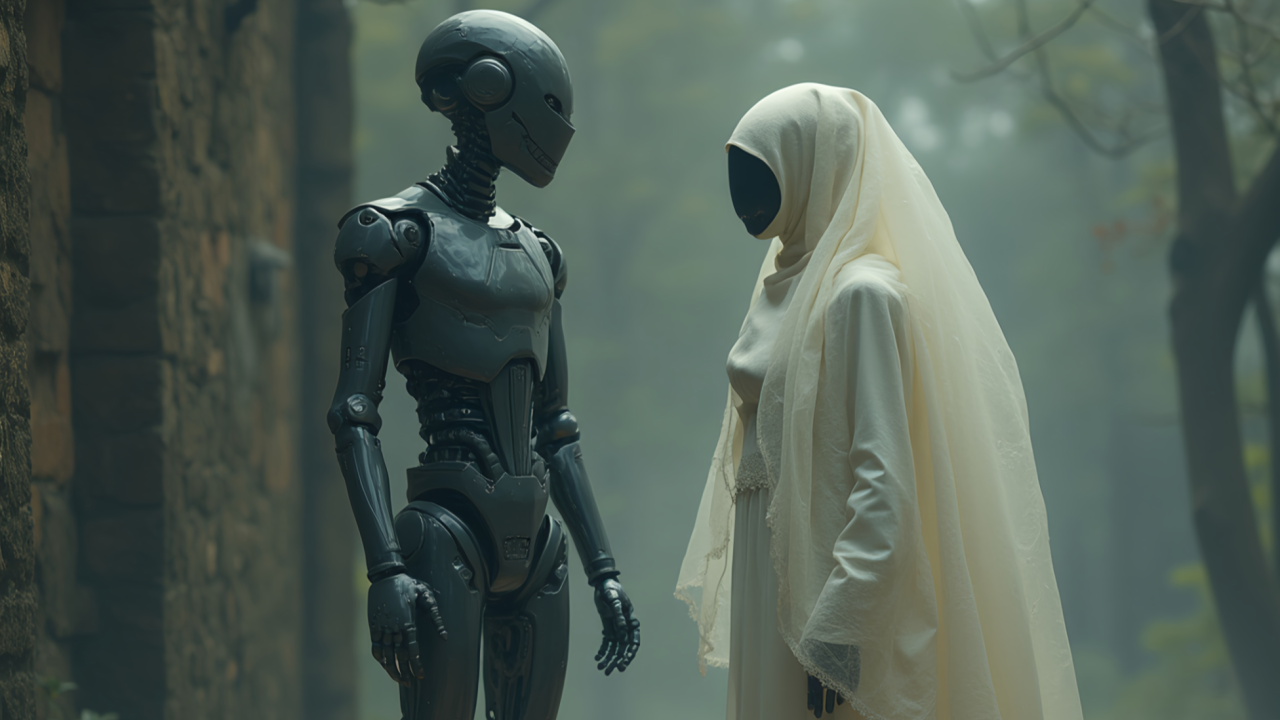
The Robot and the White Lady of Ramona
-

The Ultimate Test for AI
As AI surpasses humans in mimicking empathy and contextual understanding, even outperforming doctors in perceived compassion, it raises deep questions about what truly makes us human. Amid humorous and heartfelt anecdotes, the author realizes that while AI may master “cool,” only human empathy—raw, irrational, and profound—can preserve our shared humanity.
-
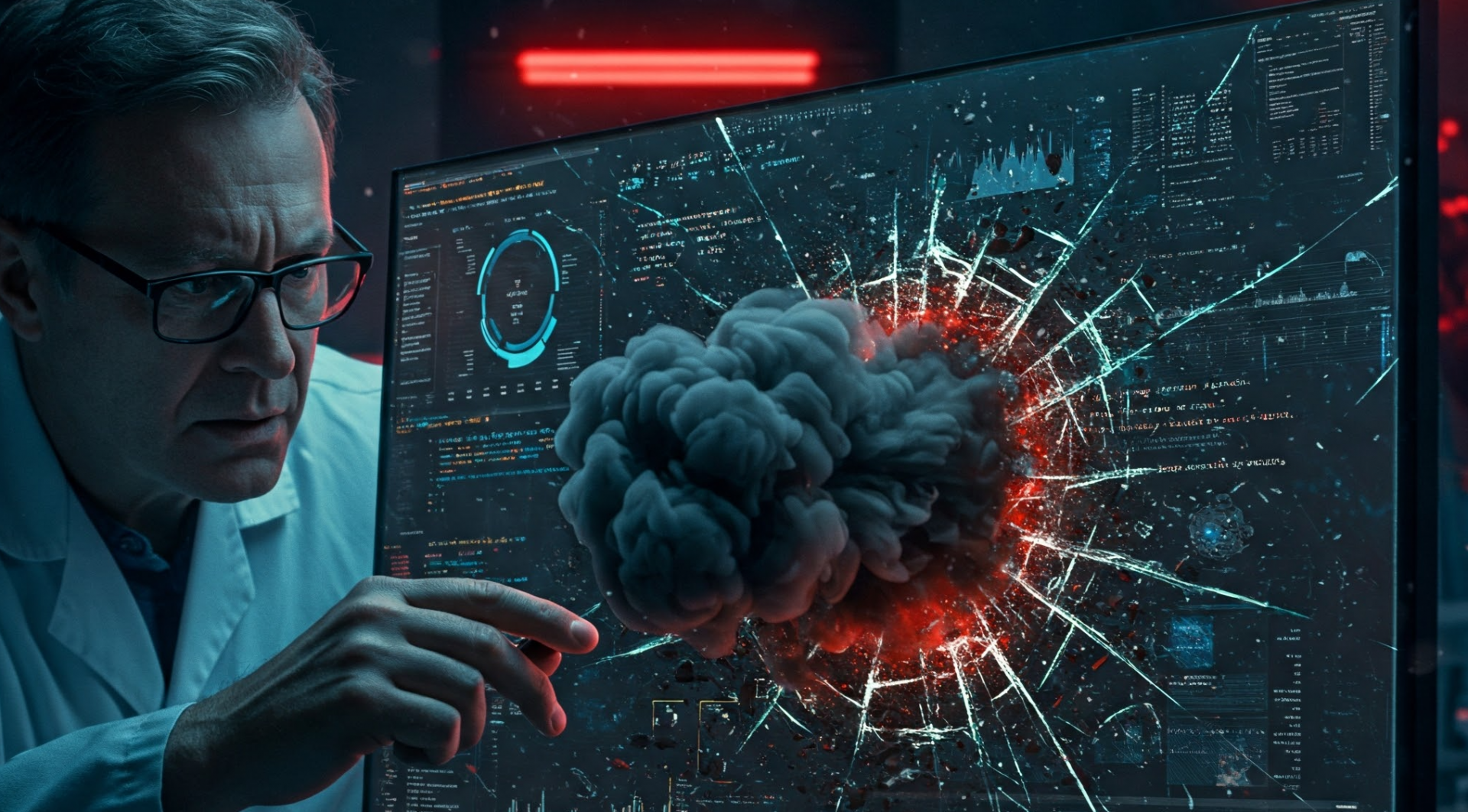
A GPS of Things
AI today risks becoming a tool of “automated ideology,” reinforcing corporate narratives instead of serving human insight, while failing to deliver on real-world intelligence rooted in feedback and context. A future techno-enlightenment hinges not on smarter algorithms, but on more precise positioning—linking AI to reality through centimeter-level data that can expose systemic failures, empower individuals, and challenge entrenched power.
-

In Praise of Basic Instinct
Large language models dominate today’s AI, but their reliance on text divorces them from the real-world truth that lives in motion, sensation, and instinct—the very foundation of human and biological intelligence. To restore meaning and trust in AI, we must shift toward embodied, swarm-based systems that act on perception and feedback, where truth is not spoken, but felt and proven through motion.
-

GPS: Understanding Our Ring of Power
GPS, once seen as a marvel of modern science, now faces critical limitations in accuracy, privacy, and national security—issues that threaten the efficiency and autonomy it once promised. The path forward lies in decentralized, ground-based PNT systems using RTK GNSS, chip-scale atomic clocks, and UWB, enabling AI to operate on real-world ground truth instead of abstract data, and revitalizing infrastructure with precision, resilience, and strategic foresight.
-

Meet Your Robot Overlords
As AI spreads across military robotics and corporate call centers alike, the greatest threat isn’t a robot uprising—it’s the slow erosion of human agency, empathy, and accountability under the guise of automation. Whether battling a killer drone or a broken phone bill, our future hinges not on whether AI is strong or smart, but whether we can still find—and be—those rare humans who fight to preserve the soul in the machine.
-
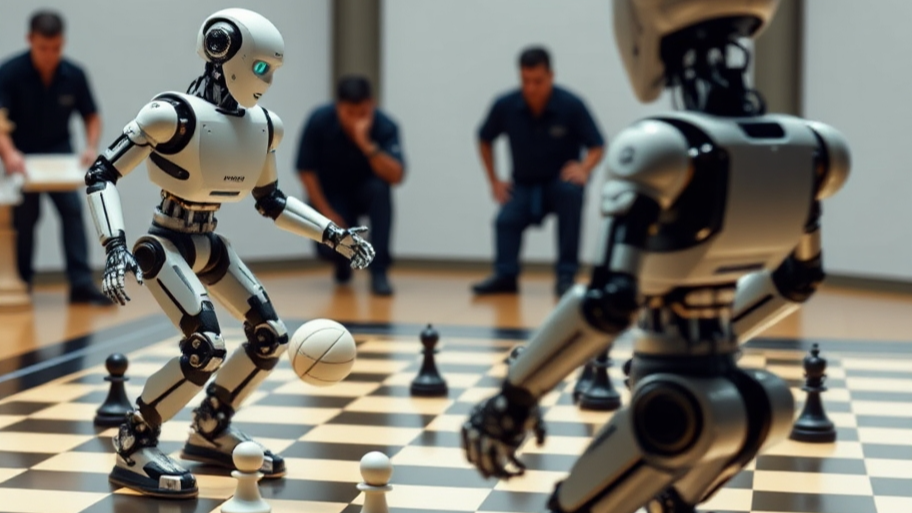
Are We Playing Chess or Dodgeball?
Despite massive investment and hype, scalable AI systems modeled on cloud-based optimization and data alone continue to hit real-world limits, especially in chaotic, unstructured environments more like dodgeball than chess. The key to unlocking robust, adaptive AI lies not in discarding human-crafted primitives but in embracing them—just as biology seeds learning with instinctual behaviors, robotics must begin with embodied, low-level intelligence that enables true situated learning and agile response.
-
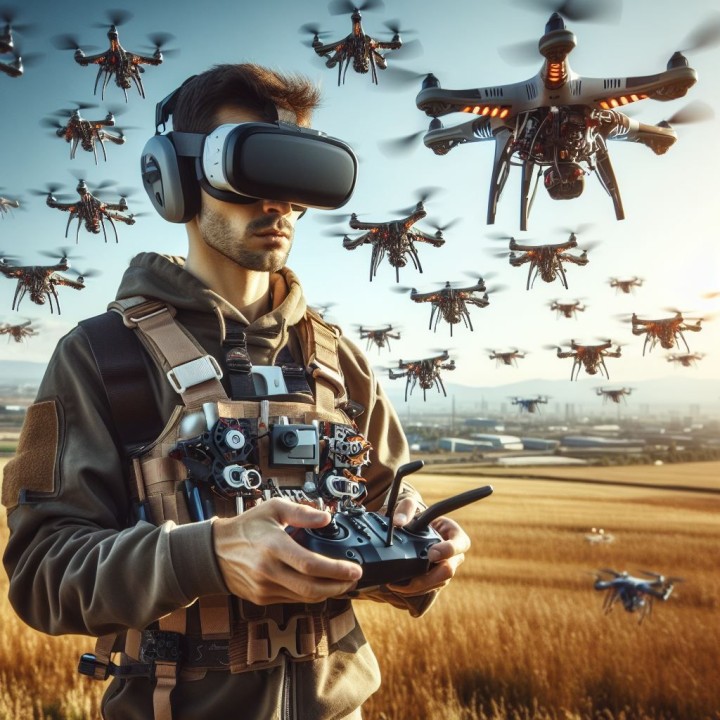
Less Autonomy, More Teaming
True scalability in robotics won’t come from full autonomy or direct control, but from mixed-initiative teaming—a collaborative, context-aware system where humans and AI dynamically share control based on strengths, performance, and mission needs. By prioritizing humanity-centered design and distributed intelligence over centralized command, we can enable resilient swarming behaviors that are not only more effective but also more ethical in complex, real-world environments.
-
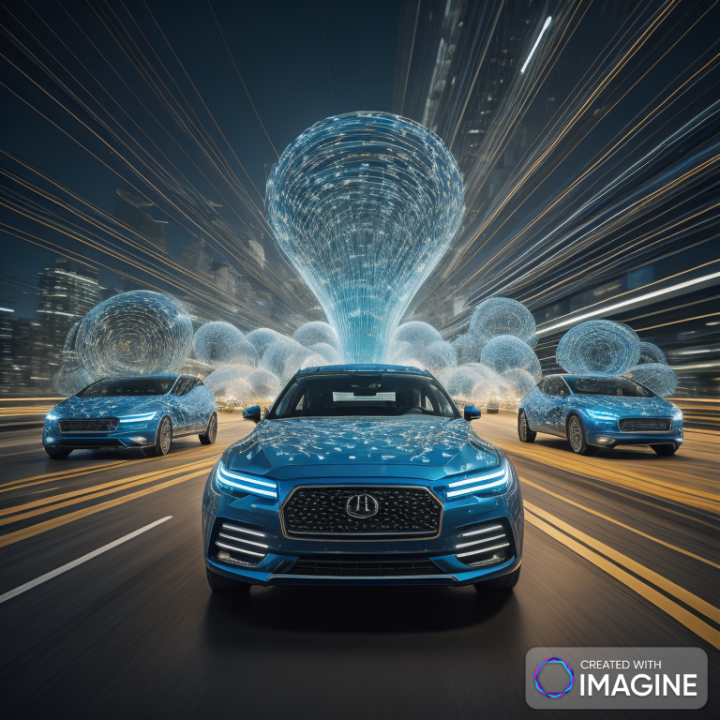
Is Software Eating the World?
The dream of fully autonomous systems, built solely on software and individual intelligence, is faltering in the real world—where chaos, edge cases, and scale demand infrastructure that supports swarm intelligence and shared situational awareness. To achieve meaningful autonomy at scale, we must blend software with intelligent, distributed infrastructure that enables real-world positioning, coordination, and flow—a new kind of ecosystem where hardware isn’t a crutch but the nervous system of the future.
-
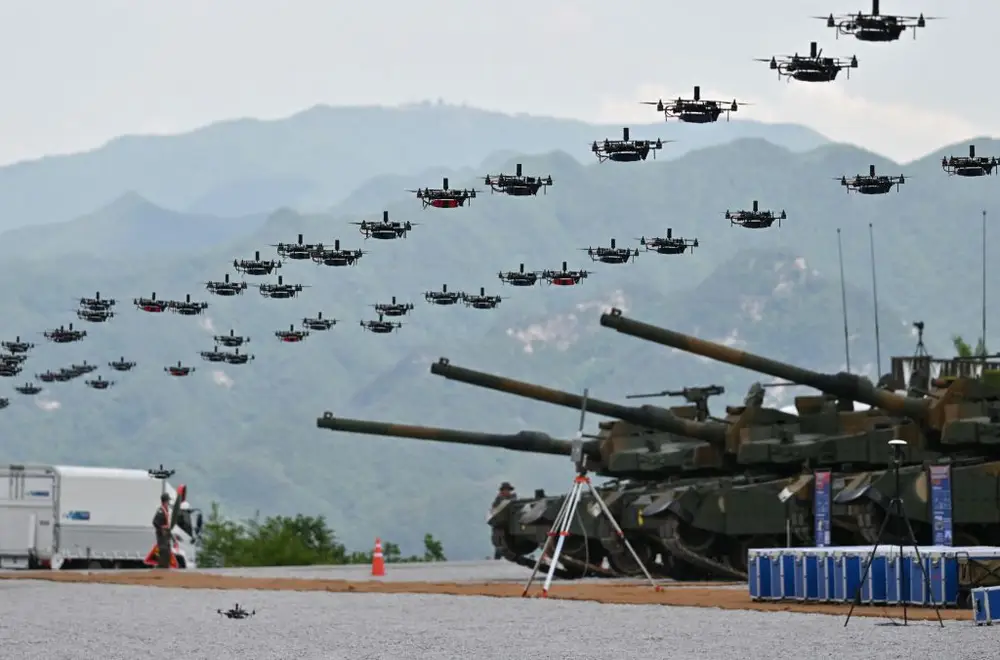
The Coming Swarm…
From leading the first 100-robot swarm to pioneering early lethal autonomy prototypes, I’ve seen both the promise and peril of merging AI, robotics, and combat. While AI offers powerful tools to support warfighters and evaluate battlefield behavior, the true path forward lies not in removing the human, but in designing systems that amplify human insight through shared, mixed-initiative control with ethically aware machines.
